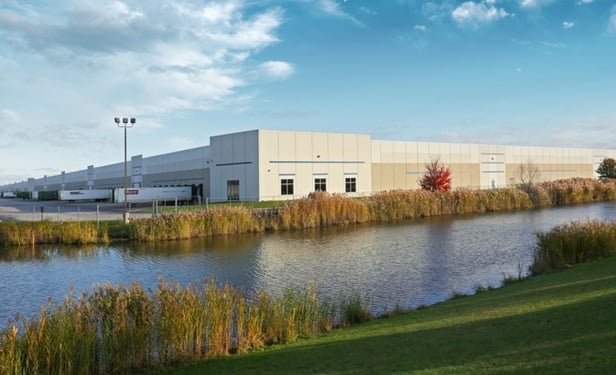 But thelatest jobs report showed a still-healthyeconomy. Kenneth McCarthyCushman & WakefieldQ: TheUS economy added 213,000 jobs in June, marking the 93rd consecutivemonth employers added to payrolls – how long with this streak lastand what will be the biggest determining factors?Q: For commercial real estate, what is mostencouraging about the June jobs numbers?Q: Which employment sectors stood out inJune?Q: Recently, some $34billion in tariffs on Chinese imports took effect officially, withanother $16 billion due to take effect in a few weeks. InitialUS tariffs on Chinese goods target auto parts, electroniccomponents, jet engine parts, compressors and other machinery. Inaddition, the US is threatening to impose tariffs on morethan $500 billion in Chinese imports. China hit back immediatelyvia duties on US shipments including soybeans and automobiles. Whatthreat does this trade war pose to the US economy, and thecommercial real estate market in particular? Do you think aprolonged trade war could tamp down expectations for jobgrowth?Q: What impact has the Tax Cuts and Jobs Act had onthe US economy in general — and commercial real estate inparticular — up to this point, and what impact will it have overthe next six months?
But thelatest jobs report showed a still-healthyeconomy. Kenneth McCarthyCushman & WakefieldQ: TheUS economy added 213,000 jobs in June, marking the 93rd consecutivemonth employers added to payrolls – how long with this streak lastand what will be the biggest determining factors?Q: For commercial real estate, what is mostencouraging about the June jobs numbers?Q: Which employment sectors stood out inJune?Q: Recently, some $34billion in tariffs on Chinese imports took effect officially, withanother $16 billion due to take effect in a few weeks. InitialUS tariffs on Chinese goods target auto parts, electroniccomponents, jet engine parts, compressors and other machinery. Inaddition, the US is threatening to impose tariffs on morethan $500 billion in Chinese imports. China hit back immediatelyvia duties on US shipments including soybeans and automobiles. Whatthreat does this trade war pose to the US economy, and thecommercial real estate market in particular? Do you think aprolonged trade war could tamp down expectations for jobgrowth?Q: What impact has the Tax Cuts and Jobs Act had onthe US economy in general — and commercial real estate inparticular — up to this point, and what impact will it have overthe next six months?
Continue Reading for Free
Register and gain access to:
- Breaking commercial real estate news and analysis, on-site and via our newsletters and custom alerts
- Educational webcasts, white papers, and ebooks from industry thought leaders
- Critical coverage of the property casualty insurance and financial advisory markets on our other ALM sites, PropertyCasualty360 and ThinkAdvisor
*May exclude premium content
Already have an account?
Sign In Now
© 2024 ALM Global, LLC, All Rights Reserved. Request academic re-use from www.copyright.com. All other uses, submit a request to [email protected]. For more information visit Asset & Logo Licensing.








